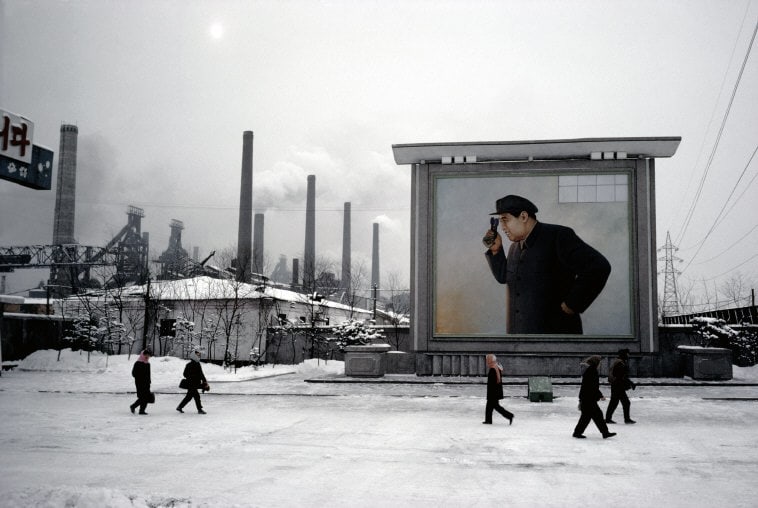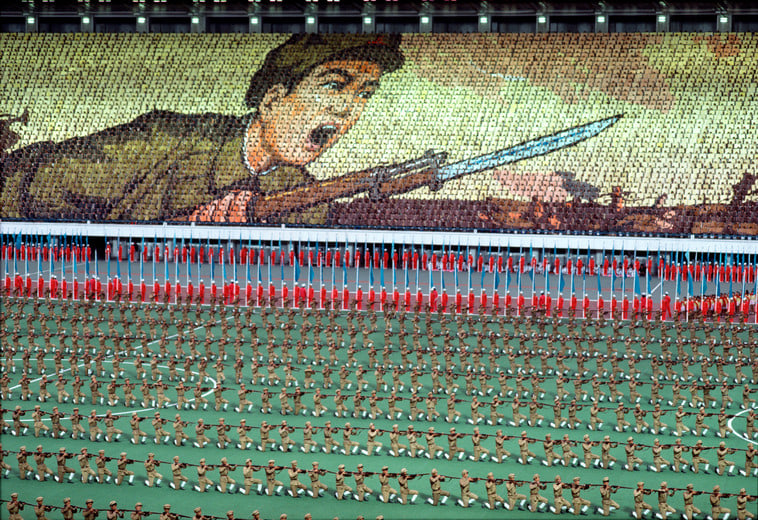
Hiroji Kubota is one of the most refined and influential photographers of Magnum Photos, known for his extraordinary ability to depict Asia with an intimate and profound perspective. Born in Japan in 1939, Kubota dedicated his career to documenting cultures, societies, and historical transformations, offering the world an authentic and poetic vision of the East.
From Beginnings to Magnum Photos
Hiroji Kubota’s entry into the world of photography happened almost by chance. While studying political science at Waseda University in Tokyo, he met photographer René Burri in 1961, an encounter that would change his life. Fascinated by Magnum’s visual ethics, Kubota moved to the United States and began working as an assistant for Cornell Capa. His talent was soon recognized, and in 1965 he officially joined Magnum, becoming one of the few Asian photographers in the historic cooperative.
A Bridge Between East and West
Kubota’s work stands out for its ability to capture Asia’s post-war transformations, particularly in China, Vietnam, North Korea, and Japan. His photography serves as a bridge between East and West, sensitively portraying the resilience of Asian peoples and their political and social revolutions.
One of his most significant projects is his monumental reportage on China, a body of work spanning over two decades and resulting in an extraordinary visual archive. In 1979, after the death of Mao Zedong, Kubota gained access to China at a crucial historical moment. His photographs captured the essence of a country in transition—portraits of factory workers, students, and farmers reflected the complexity of a society balancing tradition and modernization.

Style and Photographic Philosophy
Hiroji Kubota developed an aesthetic that merges Japanese sensitivity with the depth of Western photojournalism. His style is defined by a masterful use of natural light, precise framing, and an ability to anticipate the decisive moment. Influenced by both traditional Japanese art and the documentary approach of Magnum, his compositions often exhibit a refined balance, where every element within the frame is carefully considered.
Kubota has always believed that photography should serve as a means of building bridges between cultures. Unlike the stark, high-contrast compositions of Western photographers like Josef Koudelka, Kubota’s work embraces a softer, more atmospheric quality. This is particularly evident in his North Korea series, where muted tones and careful framing create a sense of quiet observation rather than direct confrontation. His images are never forced or intrusive; instead, they convey deep respect and a desire to understand his subjects beyond political narratives.

Anecdotes and Curiosities
One of the most intriguing episodes of his career took place during a trip to Myanmar in the 1970s. While documenting life in rural communities, Kubota spent weeks with Buddhist monks, adopting their daily routine to fully immerse himself in the spirit of the place. This approach allowed him to capture extraordinary images of meditation and prayer, offering the world an intimate portrait of Burmese spirituality.
Another lesser-known anecdote concerns his relationship with China. During his travels in the country, Kubota developed a friendship with local artists, including the painter Wu Guanzhong, with whom he shared a passion for depicting everyday beauty. This connection helped him gain a deeper understanding of China’s evolving artistic and cultural landscape, enriching his visual storytelling.

Hiroji Kubota’s Legacy
Today, Hiroji Kubota is regarded as a master of documentary photography, an artist capable of narrating the transformations of entire nations with both poetic and analytical vision. His work continues to inspire generations of photographers, proving that photography is not just a tool for documentation but also a means of dialogue and cultural understanding.
From China to Vietnam, from North Korea to Myanmar, his archive represents an invaluable visual testimony of the 20th century in Asia. His images, with their extraordinary ability to evoke stories and atmospheres, remain an essential reference for anyone seeking to understand the relationship between photography, culture, and history.
All photos © Hiroji Kubota
